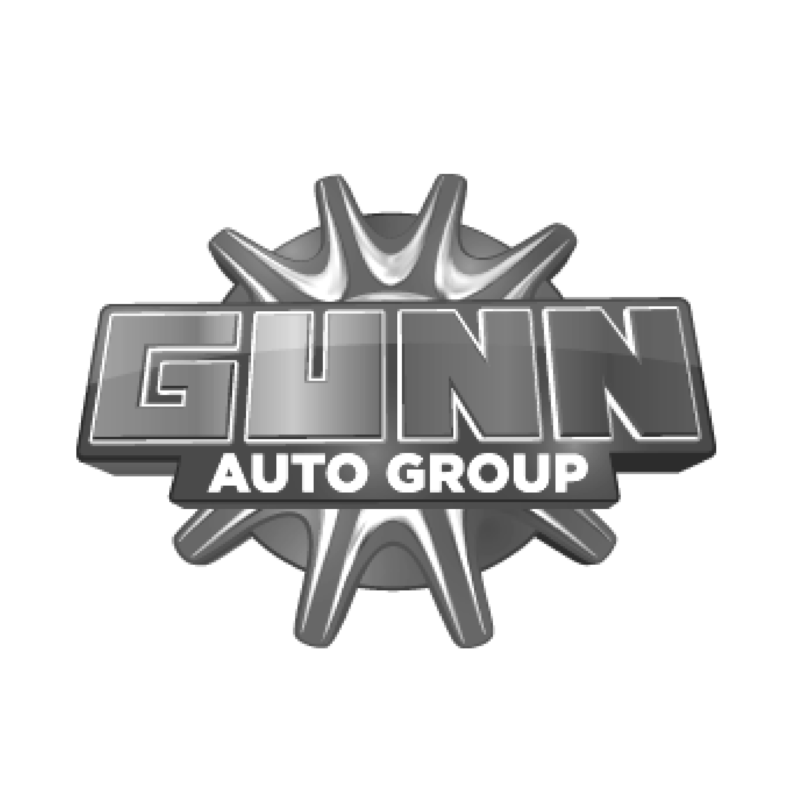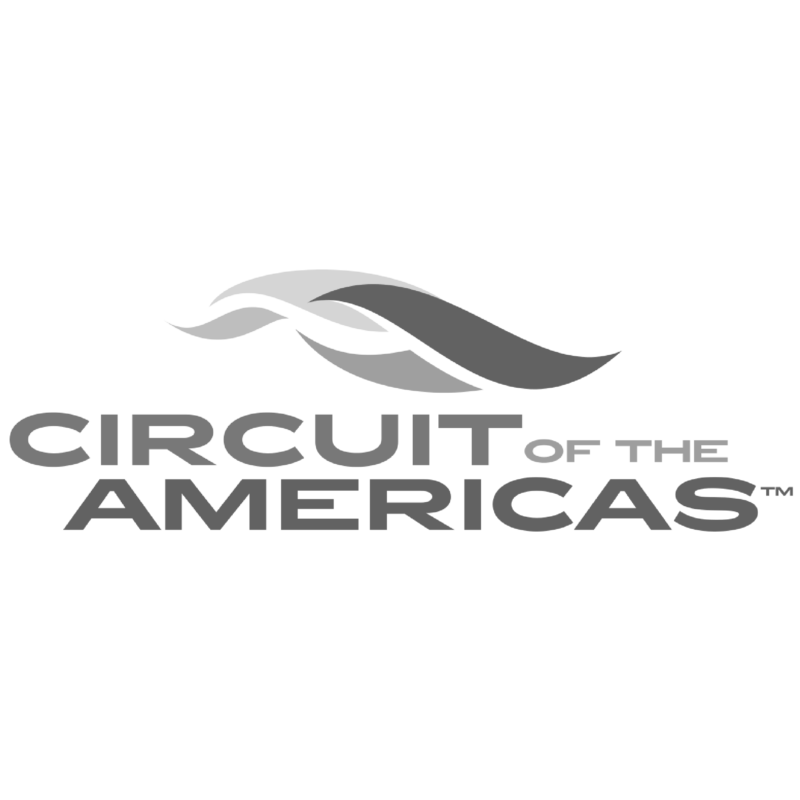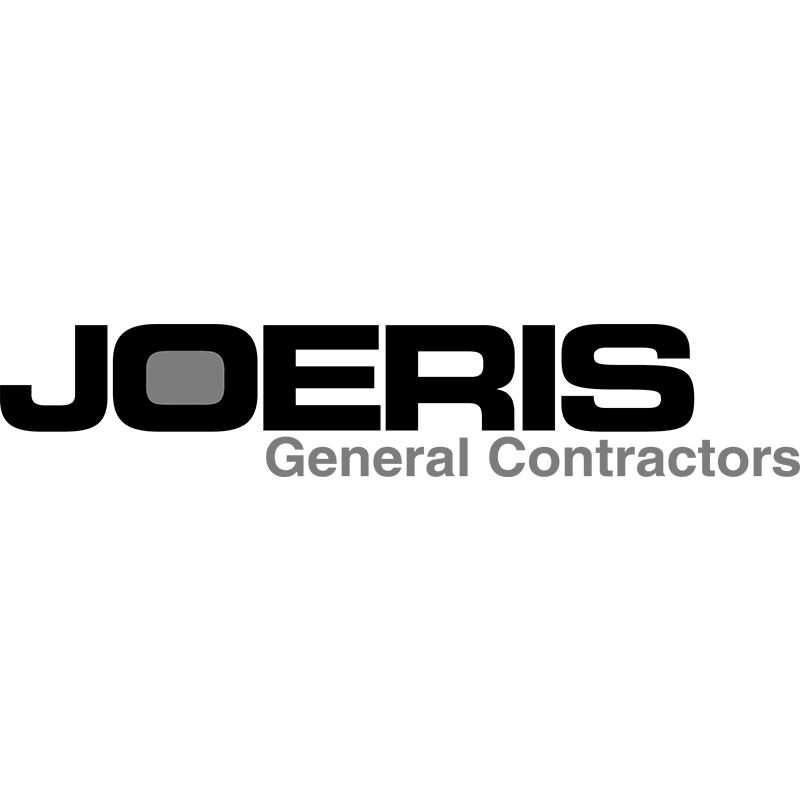How to Inspect Your Shade Structure for Damage and Wear
When you invest in an outdoor sunshade structure, routine inspections keep it functional and extend its service life. Start by considering the quality of your initial installation—this impacts how well the shade performs over time. Look for damage from harsh elements like wind that can cause more rapid wear if placed directly in prevailing gusts versus a sheltered garden spot.
You’ll want to examine anchoring points too; they must be secure, sometimes even reinforced with concrete. Always account for changes in sunlight and wind patterns as these influence where your commercial shades need positioning–essential steps to maintain their durability.
Inspect Fabric for Tears and Fraying
Inspecting the fabric of your outdoor sun shade structures is vital. Look for any signs of distress, like stains or scratches that hint at deterioration from constant exposure to weather and chemicals. Focus on seams and joins where fraying often begins unnoticed but can lead to extensive damage if ignored.
Be vigilant about tears, particularly those caused by external factors such as tree branches or wildlife—early detection here could save you a heap in repairs later on. Beyond mere aesthetics, ensuring proper tension prevents sagging, which quickens wear; this involves routine checks and timely replacements every couple of years for components like cables that uphold structural integrity. Remember: diligent care extends longevity!
Check Frame Stability and Integrity
To ensure your shade structure remains steadfast and durable, closely examine the frame’s stability. Start with its foundation: scrutinize post footers to confirm they’re securely anchored in robust ground; a shaky base spells trouble down the road. Next, assess all connections—each bolt should be tightly fastened without any give.
For longevity and safety, look out for subtle shifts or leans in posts that could indicate weakening support structures—you don’t want them failing when least expected! Keep an eye on cable tension too—it plays a pivotal role by keeping fabric taught and preventing sagging which can lead to damage over time. Remember, regular checks go far beyond mere surface appearances—they help catch potential issues before escalating costs or hazards arise.
Examine Anchors and Footings Closely
Examine your shade structure’s anchors and footings meticulously. They’re pivotal for stability, ensuring it remains steadfast during harsh weather or the gradual wear of time. Look closely at these areas; if you spot any cracks in foundations or walls, uneven flooring around the base—or worse—stair-step-like fractures through bricks near them—it might signal serious issues below.
Remember: doors that refuse to close flush indicate shifts beneath your feet—a warning to act swiftly! Engage a seasoned inspector promptly when such signs manifest. Their specialized eye will unveil hidden defects while recommending strategic repairs by professionals well-versed in anchoring shades solidly against nature’s whimsy.
Protect investments, clients’ trust—and safety—with this essential diligence step.
Look Out for Rust on Metal Parts
Rust can be a silent destroyer of metal parts in your shade structure, so careful inspection is crucial. Look for the tell-tale reddish-brown flakes on iron or steel components; these are prone to rust when exposed to moisture and oxygen over time. Rust buildup not only weakens the structural integrity by flaking away but also expands within crevices causing ‘rust-smacking’, which could lead to part failure under stress.
Be particularly wary near coastal areas where saltwater accelerates oxidation, exponentially increasing risk factors. If you spot any rusting—especially in load-bearing elements—it’s imperative to address it immediately before further damage occurs that might compromise your entire setup. Remember, while aluminum and copper don’t rust as iron does, they do corrode with their own characteristic signs: Aluminum remains shiny but may develop white powder spots, whereas copper turns green after prolonged exposure.
Regular maintenance checks can prevent costly repairs down the line due to overlooked rusty patches silently chipping at your shade structure’s resilience against nature’s forces.
Assess Shade Structure’s Wind Damage Resistance
To gauge your shade structure’s resilience against wind damage, you must first grasp the forces at play. Imagine how uplift tries to wrench it upwards while shear winds aim to twist and bend its beams. Think of an umbrella in a storm—how it flips inside out rather than snapping—that’s intentional design mitigating force impact.
For robust resistance, scrutinize cantilever arms for stoutness; they should thwart bending with reinforced connections. Hip-end canopies need tough frames as corners bear the brunt of gusts despite aerodynamics easing pressure buildup. They require heavy-duty posts plus tensioned cables—essentials ensuring fabric won’t rip when wind billows like sails on choppy seas.
Each component demands careful selection: choose weather-rated fabrics that let breezes pass without compromising UV defense or tearing easily under stress. Remember, even marine-grade textiles have meticulously overlapped threads, allowing airflow yet blocking most sunlight—a paramount balance between ventilation and durability amidst nature’s whims.
Monitor UV Degradation Over Time
To gauge UV degradation in your shade structure over time, use a calendar to check for color fading and material brittleness regularly. Typically, quality fabrics can resist UV damage for about 8-10 years; however, this varies based on the fabric’s type and where you live. To spot early signs of wear, compare current fabric photos with those taken when new—it’ll show subtle changes not obvious at first glance.
Don’t forget: materials weaken faster under constant sun exposure! Include these checks during biannual inspections for an accurate record of your shade’s condition so you can plan replacements before severe damage occurs.
Evaluate Connectors, Bolts, and Fasteners Security
When you’re checking your shade structure’s connectors, bolts, and fasteners for security, look closely at their condition. Ensure the coating on each coated fastener remains intact; a compromised layer could lead to corrosion. Run a new nut down the threads of screws to check for deformation—this shouldn’t be tough if the threads are in good shape.
Look out for “wasting” on shanks; it signals that they have stretched past safe limits. Before reassembly, after inspection or maintenance, clean all contact points thoroughly. The goal is to clamp the force consistently through familiar torque levels and tools or lubricants used during initial installation. If friction has increased due to galling from previous un-lubricated setups when untightening them, dropping clamp load over time may happen without proper care—a recipe for various structural issues like fatigue cracks or joint separations.
Regular inspections of your shade structure keep it safe. Look over the fabric for rips or fading and check metal parts for rust or loose bolts. If you spot trouble, act fast to fix it; this will make sure your shade lasts longer.
Always follow maintenance tips from the maker! With care, your space stays cool and comfy under that trusty shade.
















